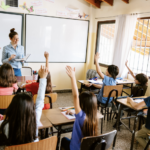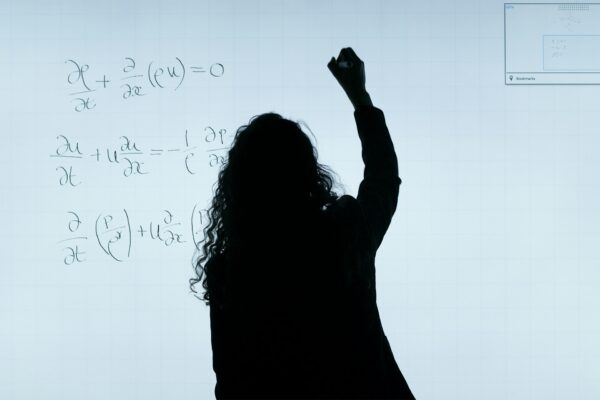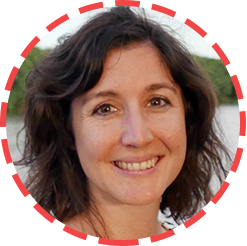International school choice in Geneva – Part 1
In this series we cut through the blurb and try to answer the most common questions from parents about International schools in Switzerland.
The first in the series is the oldest international school in the world, the International School of Geneva, or Ecolint as it is known locally.
Is it one school or three?
Parents are often confused when they hear that the International School of Geneva is in three locations, each with its own name, large campus and local character (and syllabus).
Three separate schools make up the International School of Geneva. However, they are united by one foundation. This means the schools have a common mission and work under the direction of the board and the Director General Dr David Hawley.
What are the different campuses called?
Nations which is close to the international organisations.
La Grande Boissière or LGB as it is known, is on the right bank in central Geneva and is the oldest campus, where the IB was created in the 1960s.
La Châtaigneraie set in fields near the village of Founex. It is also known as La Chât.
What is different about each school?
Each has its own principal, senior management, its own character and feel. The student body is made up of different communities, but all three are very international. The size and layout of the schools are very different.
The most international is the Nations campus, which teaches many of the children from the surrounding international organisations. The campus is smaller than the others and split into two buildings: Pregny, with just under 200 students for the early years (Pre Reception – Year 2) and the Saconnex building with just under 300 students from Years 3 – 6. In addition, it houses the Secondary school (Years 7 – 13) with 600 students. Building work has started to unite the school in one location at Saconnex.
La Châtaigneraie has a leafy campus feel with buildings spread over a large outdoor space. It has a strong British community (there is even a rugby team), local Swiss students and a wide range of nationalities. Families are drawn from the many international HQs between Geneva and Lausanne. There are over 1,000 students in secondary and over 500 in the Primary school.
At La Grande Boissière there is a wide mix of nationalities too, also coming from international organisations, corporations and the banking quarter close by, but also local Swiss and French families. It is split into primary (Pre Reception – Year 4) and middle school (Years 5 – 8), and has around 500 students in each. The secondary school (year 9 – 13) has over 800 students. It also has a campus feel, made up of period and new buildings in leafy surroundings. It also boasts a new Arts & Science centre.
Which curriculum is studied in each school?
This is possibly the most complex difference amongst the schools. Here we have tried to make it simple by splitting the answer into Primary and Secondary schools at the three campuses.
Primary
La Châtaigneraie & Nations
At La Châtaigneraie and Nations Primary schools they teach the PYP. This stands for the Primary Years Programme, which was developed by the International Baccalaureate Organisation. You can find more information on it here. Essentially, it means that children are taught through units of inquiry. In practical terms this could mean that children studying a unit on light would see all their subjects being taught through this theme. In Science it may be refraction and reflection, in English it may be through reading a story about fireflies and all other subject would follow including the arts, numeracy, PE etc.
La Grande Boissière
At LGB the students follow a curriculum unique to the school called the Universal Learning Programme which is also based on units of inquiry.
Secondary
Nations
At Nations, students study the MYP until Year 11. Following this they can choose either the IB Diploma or the IB Careers Programme (IBCP). Just in case you need a bit of help, I will break down the acronyms a little. The MYP is the Middle Years Programme and it is the International Baccalaureate Organisation’s secondary curriculum leading up to the IB Diploma or the IB Careers Programme. There is no exam at the end of the MYP at Nations.
The IB Diploma is what many people simply refer to as the IB. It is the best known final exam that students take at the end of their IB education. However, it is not the only course available. You can find out more about the IBCP here. Students at Nations can choose to study the vocational BTEC level 3 in Visual Art or Business, plus two academic subjects from the IB Diploma programme.
La Châtaigneraie
At La Chat, students can finish secondary school with either the IB Diploma or the Swiss Maturité leaving certificate, however few students chose the latter route. Most choose to study the IGCSE and take the exams at the end of Year 11 (however, it is optional and students can decide not to sit them). They then go on to study the IB Diploma in years 12 & 13. Many students choose the bi-lingual IB in English and French.
La Grande Boissière
Students in secondary school continue to study the Universal Learning Programme, a curriculum developed by the school until year 11. In Year 12 & 13 students follow the IB Diploma programme. Most subjects are available in French and English and most students graduate with a bilingual IB Diploma.
Are all the Ecolint schools bilingual? What languages do they do they teach?
Not all the campuses are bilingual (French/English). LGB and La Chât offer English-dominant or French-dominant routes in both primary and secondary, Campus des Nations teaches in English and French is learnt as a second language.
At all three schools’ students choose a 3rd language. This is usually Spanish or German and is compulsory, unless a child is in the special needs support stream.
Hopefully this takes a lot of the mystery out of Ecolint and the schools that make up the foundation. If you have any questions, feel free to get in touch. We are always happy to have a chat and share our school knowledge with international families.
Reach us on 022 731 8148 or email us at info@tutorsplus.com.
By Sara Lloyd
Sara has been an education consultant for TutorsPlus for over 10 years and is an expert on international education in Switzerland. She is also a parent of two lively children.
If you would like to contact Sara to answer your education-related questions, you can contact her at info@tutorsplus.com.
If you would like a tutor for our child and to be matched with one of our highly experienced professional teachers visit www.tutorsplus.com today.
Contact










